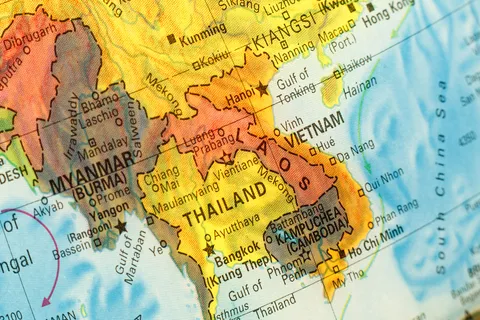2829 Vietnam Expressway Corporation (VEC) reports strong interest in for the 58km Ben Luc-Long Thanh expressway project. The road will cost US$1.6 billion to construct. The work on the expressway will be funded by 943 Asian Development Bank (ADB) and 2416 Japan International Cooperation Agency (JICA). JICA will fund construction of two bridges crossing the Soai Rap River and Long Tau River, with the work worth $635 million. Meanwhile ADB will fund roads and viaducts construction worth some $636 million. Also in Vietnam, the 56km Cau Gie-Ninh Binh highway project requires a further $168.2 million for work to be completed. 2560 Vietnam's Ministry of Transport says that the project is 84% complete. The cost of the work has increased due to factors such as climbing materials prices.








